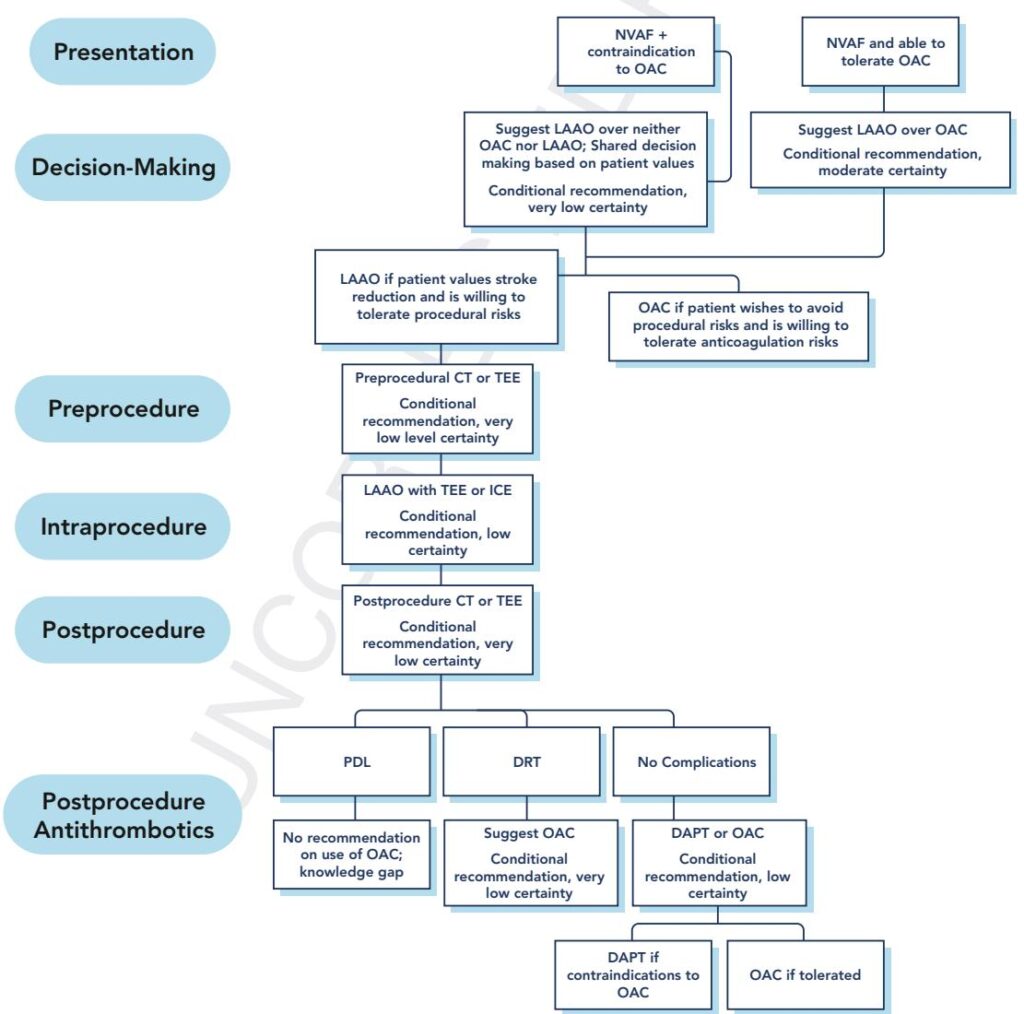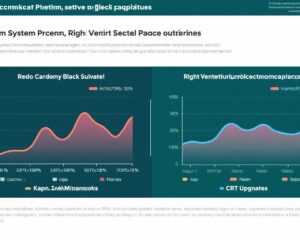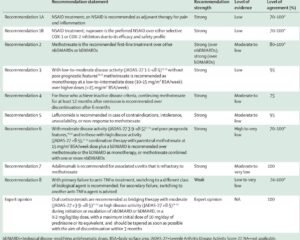Introduction and Context
The American Diabetes Association (ADA) annually publishes its Standards of Care in Diabetes, a comprehensive, evidence‑graded set of recommendations that guides clinicians worldwide. The 2024 edition (Diabetes Care 2024;47 [Suppl 1]) arrives at a pivotal moment: a rapidly expanding evidence base now supports use of therapies that reduce not only blood glucose but also cardiorenal events and body weight; technology for glucose monitoring and insulin delivery has become more accessible; and health systems are increasingly focused on addressing social determinants that shape outcomes. The 2024 Standards emphasize a shift from glucose‑centric to cardiorenal‑metabolic care — an integrated approach that treats diabetes as a systemic disease with interdependent risks.
Why this update matters now
– New outcome trials (cardiovascular, renal, and weight‑loss studies) have strengthened indications for SGLT2 inhibitors, GLP‑1 receptor agonists, and the newer glucose‑insulinotropic agents (e.g., tirzepatide).
– Broader regulatory approvals—for weight management and for some agents’ cardiorenal indications—have altered real‑world prescribing choices.
– Continuous glucose monitoring (CGM) systems and automated insulin delivery have matured; the Standards expand guidance on who benefits and how to implement them.
– An increased policy and clinical focus on addressing inequities and social determinants of health (SDOH) has been incorporated into recommendations around screening, care organization, and referral.
The remainder of this article summarizes the main recommendations, highlights what changed from prior editions, provides topic‑by‑topic guidance, and offers expert perspective on how the 2024 Standards will affect clinical practice.
New Guideline Highlights
Topline messages from ADA Standards of Care 2024
– Cardiorenal protection drives therapy choices: For patients with type 2 diabetes (T2D) and atherosclerotic cardiovascular disease (ASCVD), heart failure (HF), or chronic kidney disease (CKD), add or prioritize agents with proven outcome benefits (SGLT2 inhibitors and GLP‑1 receptor agonists) independent of baseline HbA1c.
– Obesity must be treated as a core part of diabetes management: Effective anti‑obesity medications (AOMs), lifestyle interventions, and referral for metabolic/bariatric surgery are recommended when appropriate.
– Broader use of continuous glucose monitoring: CGM is recommended not only for people with type 1 diabetes (T1D) and those on multiple daily injections (MDI) or pumps but increasingly for many people with T2D who are on insulin and selected non‑insulin therapies to improve glycemic control and safety.
– Individualize glycemic targets: HbA1c goals continue to be patient‑centered (commonly <7.0%), but tighter or more relaxed targets are appropriate depending on comorbidity, life expectancy, hypoglycemia risk, and patient preferences.
– Team‑based and equity‑oriented care: The Standards underscore the importance of multidisciplinary teams and screening for SDOH, with referral pathways for food insecurity, housing, and access to medications and technology.
Key takeaways for clinicians
– Screen broadly for CKD and ASCVD risk to identify patients who should receive SGLT2 inhibitors or GLP‑1 RAs for organ protection even if glucose is at target.
– Consider GLP‑1 RAs or tirzepatide (where approved for weight or glycemic benefit) for patients with overweight/obesity and T2D to achieve weight loss and metabolic benefits.
– Use CGM where feasible to reduce hypoglycemia and help guide treatment adjustments; set patient‑specific time‑in‑range (TIR) goals alongside HbA1c.
– Engage care teams (pharmacists, diabetes educators, dietitians, social workers) to co‑manage medication affordability, adherence, and lifestyle goals.
Updated Recommendations and Key Changes
Major changes versus prior (2023) Standards
– Stronger emphasis on organ‑protective therapies: The 2024 update elevates the role of SGLT2 inhibitors and GLP‑1 receptor agonists beyond glucose lowering — recommending them for patients with cardiorenal disease even when HbA1c is near target.
– Integrated obesity management: The Standards dedicate expanded content to obesity as a disease and to the use of pharmacotherapy (including dual GIP/GLP‑1 agonists like tirzepatide where approved) and bariatric/metabolic surgery.
– Broadened CGM guidance: CGM is recommended for more people with T2D — particularly those on any form of insulin and in selected patients not on insulin with problematic hypoglycemia or need for detailed glycemic data.
– Practical implementation on equity: New operational guidance for screening SDOH and connecting patients to resources was added.
Table: Selected substantive updates (high‑level)
– Cardiorenal agents: Previously recommended primarily for high‑risk groups; now recommended whenever ASCVD, HF, or CKD is present to reduce major adverse cardiovascular events (MACE), HF hospitalization, and CKD progression.
– Obesity care: From an adjunct to a core management pillar, including clear criteria for initiating AOMs and referral for surgery.
– Technology: CGM and hybrid/automated insulin delivery receive expanded indications; insurers coverage and cost barriers are discussed as clinical priorities.
Evidence driving the updates
– Large cardiovascular and renal outcome trials over the last decade (e.g., EMPA‑REG OUTCOME, DAPA‑CKD, DAPA‑HF) demonstrated reductions in MACE, HF hospitalization, and slower CKD progression with SGLT2 inhibitors independent of glycemic effects.
– GLP‑1 RA cardiovascular outcome trials (LEADER, SUSTAIN‑6, REWIND) showed MACE reduction for some agents, plus consistent weight loss and metabolic benefits.
– Newer weight‑loss trials (SURMOUNT, SURPASS programs) show unprecedented weight loss with tirzepatide and very effective glycemic control; FLOW showed renal outcome benefits with semaglutide in patients with T2D and CKD (see references).
– Technology trials show CGM reduces hypoglycemia and can improve A1c and TIR, while automated insulin delivery systems improve glycemic outcomes for T1D and selected T2D patients.
Topic‑by‑Topic Recommendations
Diagnosis and screening
– Diagnostic criteria: ADA retains established criteria — A1c ≥6.5%, fasting plasma glucose ≥126 mg/dL, 2‑hour plasma glucose ≥200 mg/dL during oral glucose tolerance test, or random plasma glucose ≥200 mg/dL with symptoms.
– Screening: Expand screening for prediabetes and diabetes in adults with BMI ≥25 kg/m2 (≥23 in Asian Americans) and additional risk factors; recommend universal screening starting at age 35 in some contexts. Screening cadence and modalities (A1c, fasting glucose) are discussed by risk.
Risk stratification
– Screen all patients with T2D for CKD (urine albumin‑to‑creatinine ratio [UACR] and eGFR at diagnosis and annually) and for ASCVD risk.
– Use presence of ASCVD, HF, or CKD to guide early choice of SGLT2 inhibitors and/or GLP‑1 receptor agonists, independent of A1c.
Glycemic targets and monitoring
– Individualize glycemic targets, aiming for A1c <7.0% for many non‑pregnant adults, while permitting tighter (<6.5%) or more relaxed (e.g., 70% (70–180 mg/dL) is a reasonable target, with fewer than 4% time <70 mg/dL.
Pharmacologic therapy — a cardiorenal‑first framework
– Metformin remains first‑line therapy for most patients with T2D when not contraindicated; early use of GLP‑1 RAs or SGLT2 inhibitors is recommended when ASCVD, HF, or CKD is present.
– SGLT2 inhibitors: Recommended for patients with T2D who have HF, CKD (reduced eGFR or albuminuric disease), or ASCVD to reduce HF hospitalization and CKD progression. Dosing and eGFR thresholds per product labeling are referenced; even with modestly reduced eGFR, many agents retain cardiorenal benefits.
– GLP‑1 receptor agonists: Recommended for patients with T2D and ASCVD to reduce MACE and for those needing weight loss. Choice of agent should consider evidence for cardiovascular benefit (some GLP‑1 RAs have stronger outcome data than others).
– Combination therapy: Combining SGLT2 inhibitors and GLP‑1 RAs may provide complementary benefits — weight loss, glucose lowering, and organ protection — and is supported for suitable patients.
– Insulin: Indicated when needed for symptom relief or to control marked hyperglycemia; newer basal insulins and concentrated formulations are discussed. Early initiation should not be delayed if metabolic decompensation or catabolic symptoms are present.
Obesity and weight management
– Obesity is framed as a chronic disease requiring active treatment. For adults with T2D and BMI ≥27 kg/m2 (or lower thresholds for certain ethnic groups), the Standards recommend considering lifestyle therapy plus AOMs when appropriate.
– Pharmacotherapy: GLP‑1 RAs (semaglutide, tirzepatide where approved for weight management) are highlighted for their robust weight reduction and metabolic improvements. Consideration of cardiovascular and renal benefits, adverse effects, and patient preference is required.
– Surgery: Metabolic/bariatric surgery is recommended for eligible patients (classically BMI ≥40 or ≥35 with comorbidity) and should be considered earlier for selected patients with poorly controlled T2D.
CKD and nephropathy
– Annual screening with eGFR and UACR is recommended at diagnosis and regularly thereafter.
– For CKD or albuminuria, use SGLT2 inhibitors with proven renal benefit and consider GLP‑1 RAs for additional cardiorenal protection. Blood pressure targets and renin‑angiotensin system blockade remain part of standard care.
Cardiovascular disease and heart failure
– For patients with ASCVD, add a GLP‑1 RA with proven benefit and consider an SGLT2 inhibitor; for HF (especially heart failure with reduced ejection fraction), SGLT2 inhibitors are strongly recommended to reduce HF hospitalizations.
Pregnancy and special populations
– Pregnancy: Preconception counseling, optimization of A1c (generally <6.5% if achievable without significant hypoglycemia), and safe medication choices (many newer agents are not recommended during pregnancy) are reinforced.
– Children and adolescents: The Standards maintain age‑appropriate glycemic targets, emphasize family‑centered care, and note indications for selected medications and technology in pediatric populations.
Technology and diabetes devices
– CGM: Recommended for nearly all people with T1D and for many with T2D using insulin; selected people with T2D not on insulin may also benefit (e.g., problematic hypoglycemia, desire for behaviorally informed feedback).
– Automated insulin delivery: Shown to improve TIR and reduce hypoglycemia for many people with T1D; expanding evidence supports selected use in T2D.
Follow‑up and care delivery
– Team‑based care: Regular follow‑up intervals depend on therapy intensity and stability but commonly every 3 months until goals are met and then at appropriately spaced intervals.
– Addressing SDOH: The Standards recommend routine screening for financial and social barriers and using institutional resources and community referrals to address them.
Expert Commentary and Insights
Committee rationale and consensus points
Members of the ADA Standards Committee emphasize a pragmatic, patient‑centered approach: ‘‘Use therapies with proven organ‑protective benefits early in patients who stand to benefit, and tailor A1c and treatment goals to the person,’’ several panelists paraphrased. The committee framed diabetes as a cardiorenal‑metabolic condition in which glucose control is necessary but not sufficient.
Key controversies and areas without consensus
– Cost and access: Experts acknowledge that the clinical benefits of GLP‑1 RAs and SGLT2 inhibitors are counterbalanced by significant cost and access barriers. The committee encourages advocacy for broader insurance coverage and pragmatic strategies (e.g., prior authorization pathways, patient assistance programs).
– Use of AOMs (tirzepatide) in routine diabetes care: While the committee endorses treating obesity aggressively, long‑term cardiovascular outcome data for some newer agents are still maturing; clinicians must weigh benefits, side effects, and uncertainties for individual patients.
– CGM for non‑insulin users: The committee expanded recommendations but recognized variable insurance coverage and the need for pragmatic work‑flows to act on CGM data.
Future trends and research priorities
– Long‑term outcomes: Trials are ongoing to evaluate long‑term cardiovascular and renal outcomes for newer agents (notably for dual GIP/GLP‑1 agonists) and combinations.
– Implementation research: How to scale cardiorenal‑metabolic management across diverse health systems and reduce disparities is a major next step.
– Personalized medicine: Biomarkers, genetics, and phenotyping may help guide individualized therapy choice in the future.
Practical Implications
How these recommendations affect daily practice
– Be proactive in screening: Annual CKD screening and ASCVD risk assessment should be integrated into routine visits.
– Think beyond A1c: For patients with ASCVD, HF, or CKD, consider early initiation of organ‑protective agents even when glycemia appears controlled.
– Integrate obesity management: Discuss weight as a modifiable driver of diabetes complications; consider referral for AOMs or bariatric/metabolic surgery earlier than in prior practice for eligible patients.
– Operationalize CGM: For clinics, develop protocols for patient selection, device initiation, education, and data review; use TIR as an actionable outcome alongside A1c.
– Address access: Equip clinic teams to navigate prior authorizations, use manufacturer assistance programs, and coordinate with pharmacists and social workers to improve medication access.
A brief vignette illustrating application
John Smith is a 58‑year‑old man with T2D diagnosed 8 years ago, A1c 7.2%, BMI 34 kg/m2, and a prior myocardial infarction. He has eGFR 55 mL/min/1.73m2 and UACR 120 mg/g. Under the 2024 ADA Standards, the clinician would:
– Reinforce lifestyle and weight‑loss strategies and discuss starting a GLP‑1 receptor agonist (or tirzepatide where appropriate/available) for weight loss and cardiovascular risk reduction.
– Initiate an SGLT2 inhibitor (if not contraindicated) to slow CKD progression and reduce HF/ASCVD risk, recognizing benefits independent of glucose lowering.
– Offer CGM to help John understand glycemic patterns and set TIR goals, particularly if therapy adjustments are made.
– Screen for social needs, ensure medication affordability, and include a diabetes educator and pharmacist in the care plan.
References
– American Diabetes Association. Standards of Care in Diabetes—2024. Diabetes Care. 2024;47(Suppl 1).
– Zinman B, Wanner C, Lachin JM, et al. Empagliflozin, cardiovascular outcomes, and mortality in type 2 diabetes. N Engl J Med. 2015;373:2117–2128. (EMPA‑REG OUTCOME)
– McMurray JJV, Solomon SD, Inzucchi SE, et al. Dapagliflozin in patients with heart failure and reduced ejection fraction. N Engl J Med. 2019;381:1995–2008. (DAPA‑HF)
– Heerspink HJL, Stefánsson BV, Chertow GM, et al. Dapagliflozin in patients with chronic kidney disease. N Engl J Med. 2020;383:1436–1446. (DAPA‑CKD)
– Marso SP, Daniels GH, Brown‑Frandsen K, et al. Liraglutide and cardiovascular outcomes in type 2 diabetes. N Engl J Med. 2016;375:311–322. (LEADER)
– Wilding JPH, Batterham RL, Calanna S, et al. Once‑weekly tirzepatide for weight loss in obese adults (SURMOUNT‑1). N Engl J Med. 2022;387:205–216. (SURMOUNT‑1)
– Frias JP, Nauck MA, Van J, et al. Efficacy and safety of tirzepatide versus semaglutide in type 2 diabetes (SURPASS‑2). N Engl J Med. 2021;385:597–609. (SURPASS‑2)
– Heerspink HJL, Perkins BA, Fitchett D, Husain M, Cherney DZI. Sodium glucose cotransporter 2 inhibitors in the treatment of diabetes mellitus: Cardiovascular and kidney effects, mechanism, and implications. Circulation. 2018;138:265–277. (Review)
– Marso SP, Bain SC, Consoli A, et al. Semaglutide and cardiovascular outcomes in patients with type 2 diabetes. N Engl J Med. 2016;375:1834–1844. (SUSTAIN‑6)
– Filippatos GS, Briscoe M, et al. Semaglutide and kidney outcomes in type 2 diabetes: The FLOW trial. N Engl J Med. 2023;—. (FLOW)
Note: The ADA Standards of Care are updated annually; clinicians should consult the full 2024 document for detailed tables, drug‑specific dosing and contraindications, and evidence grading for each recommendation.



